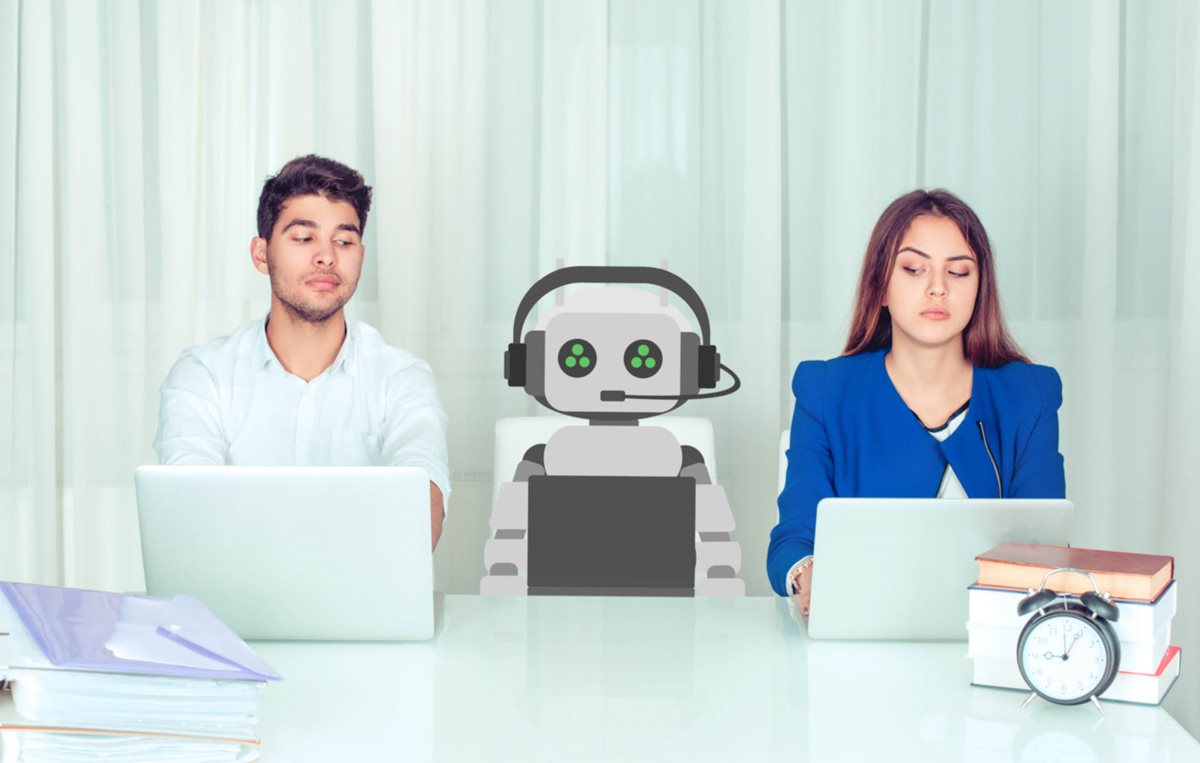Technology is changing the way people work in HR - and for the better. But a number of human issues may arise when implementing Robot Process Automation (RPA) in the workplace. RPA has the power to revolutionize the way we do things, saving businesses time and money, and helping to maximize growth. But technology is only ever successful if the human workforce can reap the benefits.
As we move towards the augmented workforce, businesses need to ensure their humans and bots coexist, and must remove the obstacles that stand in the way of harmony.
Entering a brave new world of automation
Industry is rapidly changing, and bots are fast becoming common features in every organization. Even on the smallest scale, robotic technology is all-pervading. This is evident in everything from retail chatbots to automated workflows.
Whilst there are countless benefits to automation, human workers may feel fear, shock or resentment. Many may worry about job stability, or have concerns about their career path. Others will be resistant to the concept of change, and some will be uneasy about the idea of robots among the workforce.
The biggest human issue is fear of replacement – but the purpose of RPA isn’t to simply reduce headcount and cut costs, it’s about making resource allocation more effective. In many cases, this means reducing workload and giving staff more time to work creatively. It can also ease time-consuming admin so employees can take on more important business responsibilities.
As more of the mundane tasks are processed through RPA, roles may shift to offer a freedom of working, which can greatly benefit employee happiness and morale.
Promoting the benefits of RPA for employees
Before RPA implementation can take place, businesses must highlight the advantages of using bots in the workplace. It’s important for employees to understand these benefits, and how they can improve life at work.
Here are some key employee benefits of RPA:
- Less manual tasks
- More time for strategic work or innovation
- Better work-life balance and reduced stress
- Opportunity for workplace learning
- A chance to take on more responsibility
- Increased productivity
- Boost in team morale
- Reduced workplace tension with reliable digital co-workers
- Better job satisfaction
Fostering human and bot teamwork
Not only should employers promote the human benefits of deploying digital workers, but they should value employee feedback. Include teams at every stage of RPA implementation, and let them be the ones to drive technology forward.
When approaching a project, ask teams, “how can we improve your life on a daily basis?” and ask yourself, “where is the value that we can create with this?”
Building bots into your workforce is not a one-stop solution, but will create a dual workforce where employees use technology to empower their work and reduce manual effort. Ultimately, bots will become commonplace in every business environment, from hospitality and retail to healthcare and construction. They will bridge the gap of connectivity, enabling organizations to work and think smarter.
It’s crucial that we nurture human-bot collaboration now, to pave the way for AI acceptance in the future, and to build a culture where employees welcome new technology and embrace change.
Access the latest business knowledge in HR
Get Access







Comments
Join the conversation...